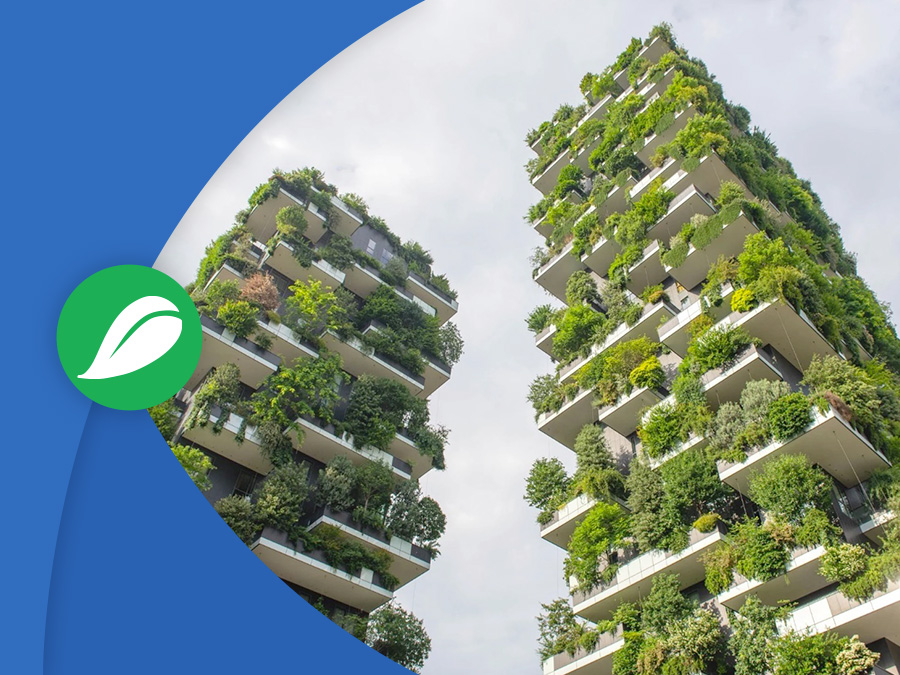It is necessary to implement a Sustainable Urban Regeneration, as requested by Italian architects in a programmatic document drafted in 2012. In Italy:
- Over 6 million buildings and 24 million people live in high seismic risk areas.
- Over 70% of buildings were constructed before anti-seismic regulations, with over 50% being schools.
- About 1.2 million buildings and 5.5 million people live in high hydrogeological risk areas.
- Approximately 55% of buildings are over 40 years old.
- About 3 million buildings are in mediocre or poor condition.
- About 35% of energy is consumed by buildings, amounting to 48 million tons of oil equivalent (toe), a significant energy drain costing the national budget 22 billion euros annually.
The current construction crisis is due to decades of inadequate land management and policies that:
- Allowed the abandonment of historic city centers in favor of large shopping centers.
- Over-extended urbanization into vast agricultural areas.
- Invested in large extra-urban infrastructures without addressing the true infrastructure, "the city."
The RI.U.SO. program calls for urban regeneration policies that can propel our cities into the future, redesign them, and breathe new life into them. By regenerating public spaces and existing buildings, demolishing and reconstructing deteriorated and outdated buildings, we could:
- Save space for new urban developments while revitalizing degraded areas.
- Save equipment costs by reusing existing structures and infrastructure.
- Prevent social upheaval by keeping the population in urban areas with well-established social structures.
Urban regeneration would also make buildings more attractive, energy-efficient, seismically secure, and comfortable for inhabitants. It's a dynamic project that outlines the new city and its management tools, integrating participation and involvement of citizens through principles of eco-sustainability and technological innovation, using subsidiarity, inclusion, and communication tools.
In this difficult economic crisis characterized by a significant reduction in public investments, which have been more than halved compared to the 1990s, it is necessary to activate private investments. This has been hindered by high property taxes, extended bureaucratic timelines, and administrative procedure uncertainties.
Despite having a public debt of approximately 2.4 trillion euros, private savings amount to around 4.2 trillion euros, in addition to a real estate patrimony of about 6 trillion euros. 72.5% of the Italian population owns their homes.
Therefore, Italy has significant private resources that can activate widespread urban regeneration programs, helping to overcome the current economic recession. This change would add value to the real estate market and revalue existing properties, initiating a virtuous circle of potential investments.
This is the real urban and economic revolution, a tremendous opportunity to seize. The "Sustainable Urban Regeneration" program has received a strong push in recent years from Pope Francis, with his encyclical "Laudato si'," dedicated to the care of the "common home." The Italian government has emphasized the centrality of urban regeneration through a significant fiscal incentive system aimed at families and condominiums.
In Europe, a "Green New Deal" has been launched, which will increase investment programs to support Smart Cities of the third millennium. In Italy, with the adoption of the National Integrated Energy and Climate Plan 2021-2030, a strategic plan for urban regeneration characterized by high energy resource savings and architectural quality has been adopted.
In the national plan for sustainable urban regeneration, the objectives are:
- Ensuring the safety, maintenance, and regeneration of public and private building assets.
- Drastically reducing energy and water consumption in buildings, as well as land use.
- Enhancing cultural heritage, public spaces, the preservation of historic centers, urban greenery, neighborhood services.
- Rationalizing urban mobility and waste cycles.
- Implementing innovative digital infrastructures with the networking of Italian cities, reducing travel and promoting smart working and the digitization of public administration.
The available resources "to act" can come from:
- The coordination of resources from EU programs, for which Italy continues to proceed irrationally without an overall strategy and adequate organization.
- The rebalancing of public investments between major infrastructures and cities.
- Savings resulting from the earthquake-proofing of buildings and calamity events related to the hydrogeological condition.
- The rationalization of existing public contributions or incentives for energy, now destined for sector-specific policies outside a comprehensive, long-term plan.
- Leveraging private and public investments for regular and extraordinary maintenance.
- The use of ad hoc financial instruments that capitalize on energy and water savings.
- Volumetric bonuses to meet the needs of investors and families.
The outcome would provide the conditions for long-term energy, natural, and economic resource savings, paving the way for:
- Economic recovery.
- Improved urban habitat.
- Enhanced citizen safety.
- Reduced pollution-related diseases and stress.
- Increased social interaction with a reduction in criminal activities.
- Preservation of the Italian property and architectural heritage.
- A revival of cultural tourism.
Efficiency, safety, and quality of life for a hundred Italian cities that host 67% of the Italian population and produce 80% of the GDP would protect the country's primary cultural and productive heritage.
The real guarantee against public debt is represented by the real estate property of Italians, 70% of which is over 40 years old and was built in the post-war era using techniques and materials now at the end of their life.

